We are looking for a postdoctoral researcher to join our optical spectroscopy team at the Solid-State Physics Department of the Gleb Wataghin Physics Institute in Campinas. The researcher is expected to employ and develop different optical spectroscopy techniques to study carrier and spin dynamics under the influence of surface acoustic waves (SAW) in transition metal dichalcogenide (TMDs) heterostructures. The main idea is to understand the effects of the modulated SAW strain and piezoelectric field in the exciton dynamics of such heterostructures, particularly the one associated to moiré excitons.
It is 2-year fellowship funded by the São Paulo Research Foundation (FAPESP). Applications must be submitted until February 23rd, 2024. The starting is expected to be May 1st, but it is negotiable. Applicants should submit a CV (or Lattes CV) and a cover letter (describing how you meet the desired qualifications of the position) to Odilon D. D. Couto Jr. (odilon@ifi.unicamp.br). Interested candidates can also send their inquiries to the same email address.
Desired qualifications: the candidate is expected to have a PhD degree in Physics or related field and experience with optical spectroscopy of nanomaterials. Additional but not mandatory skills: experience with nanomechanical fabrication of TMD heterostructures; familiarity with RF-measurements; data analysis and programming with Python or Labview.

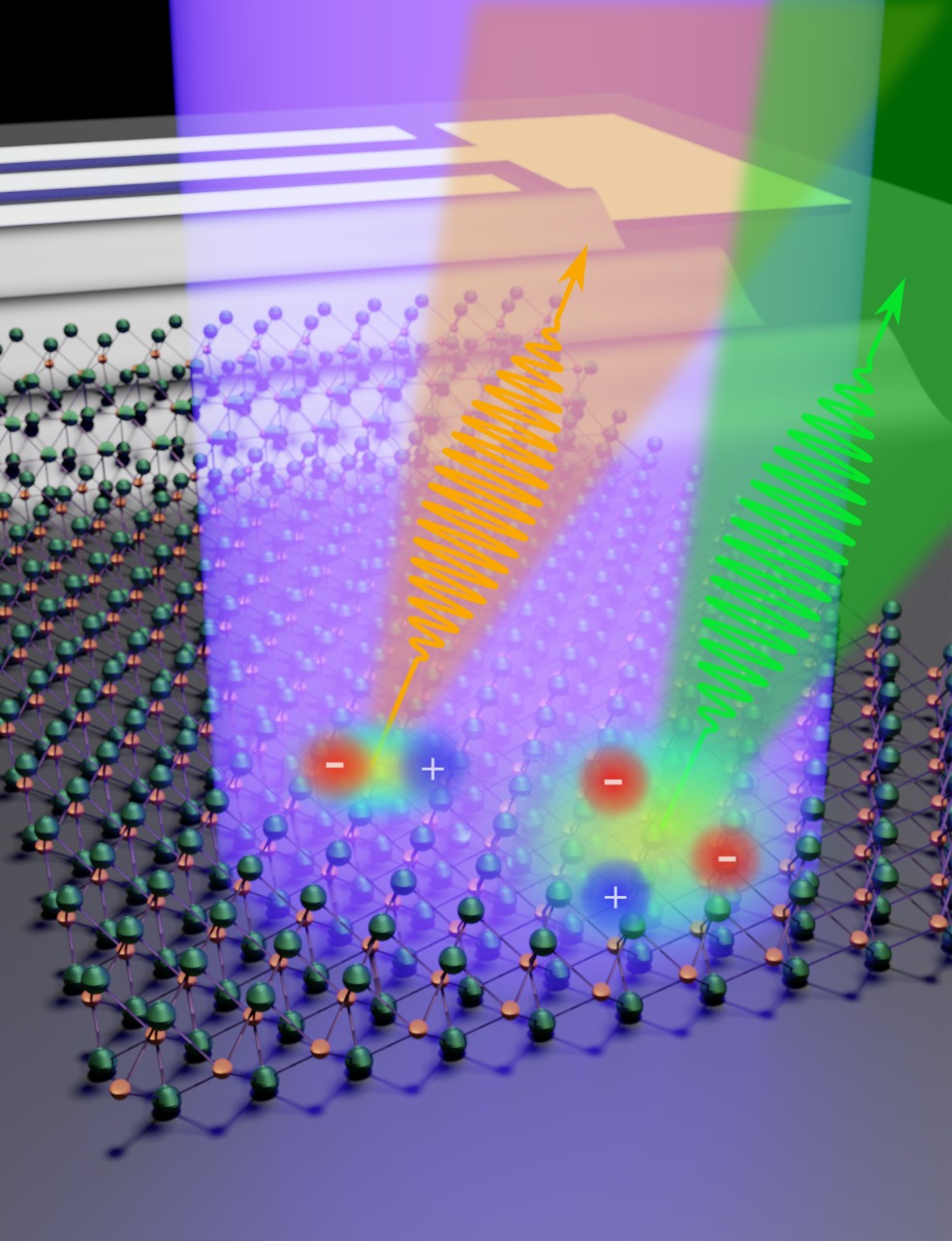
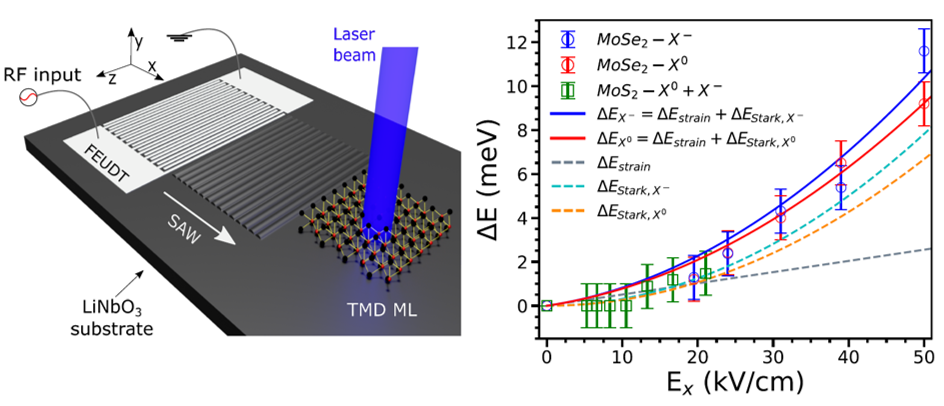
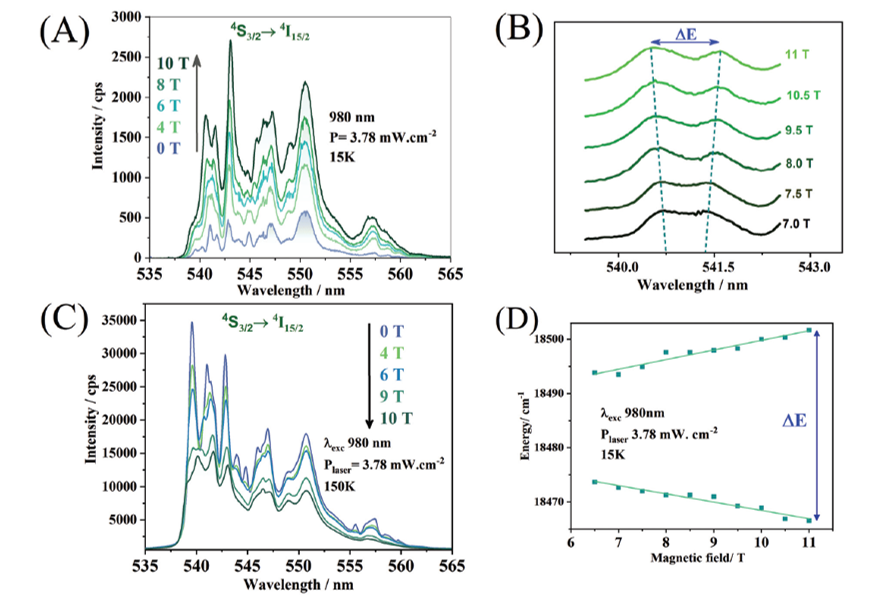

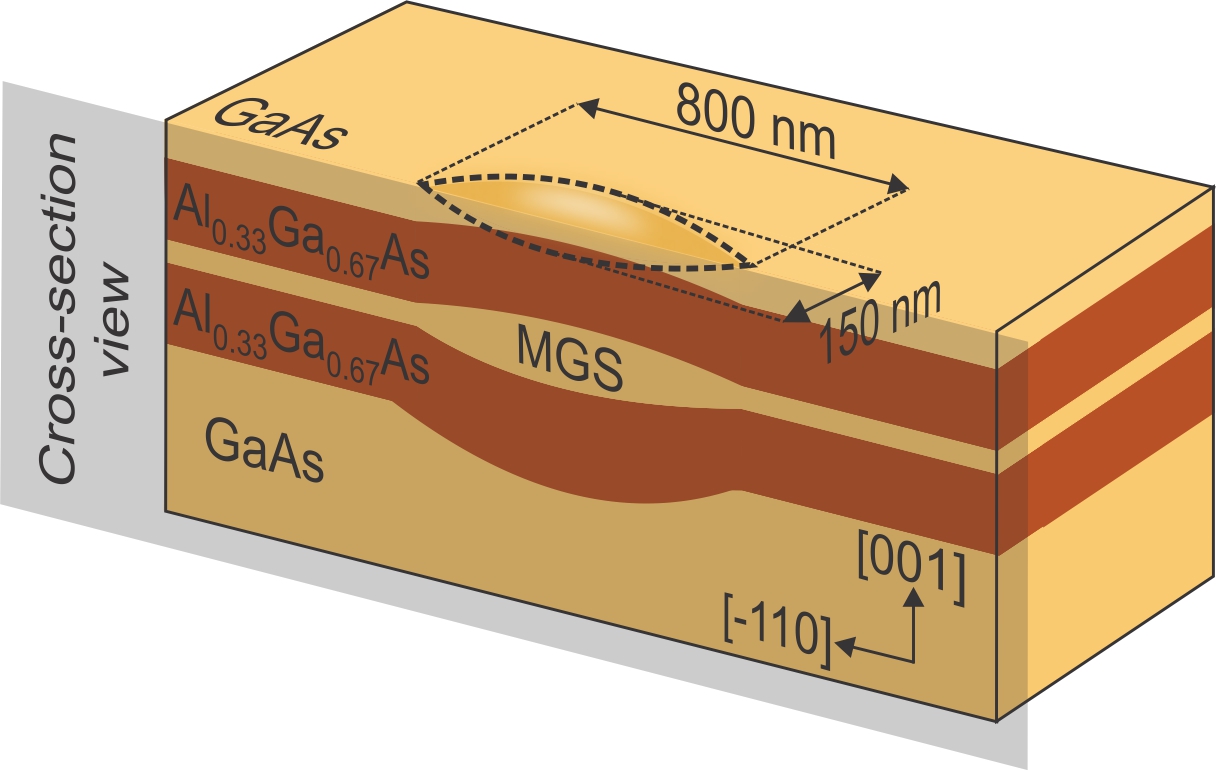
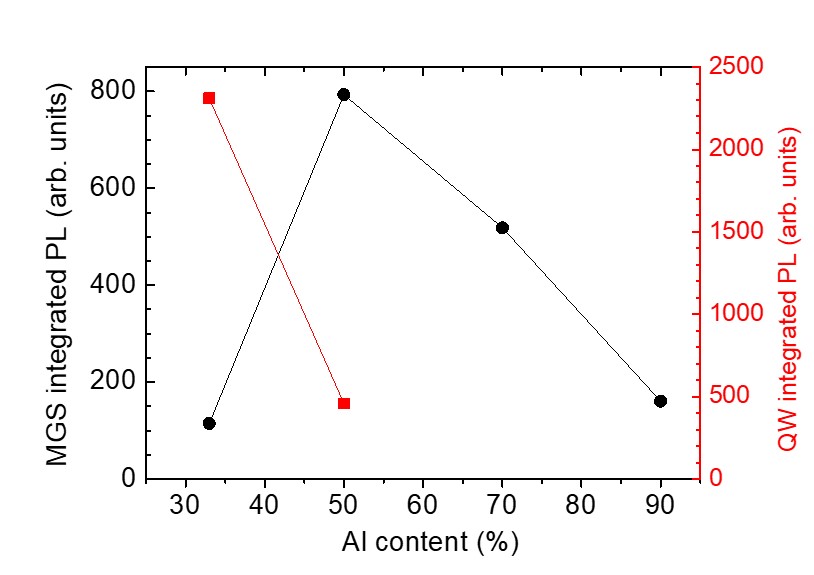
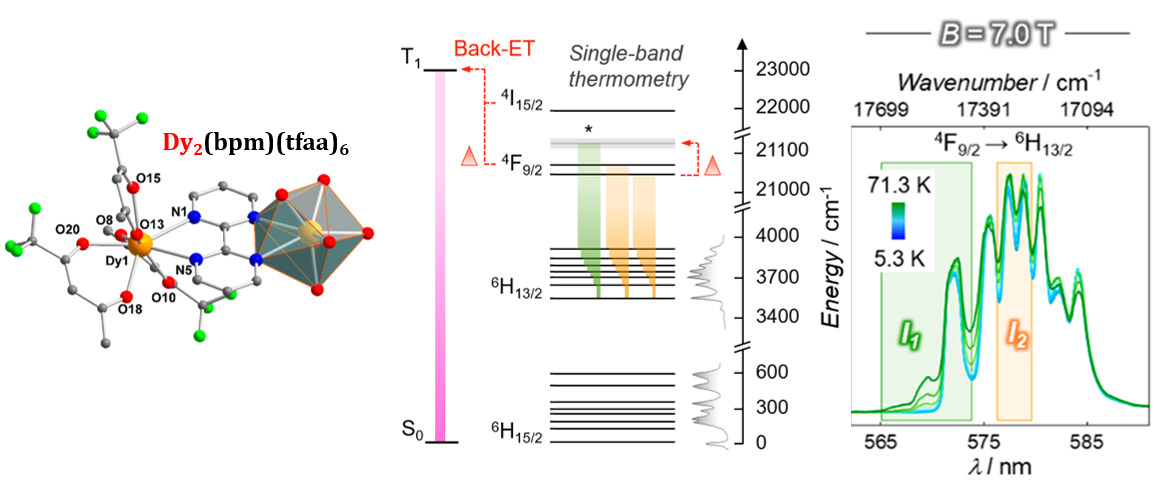

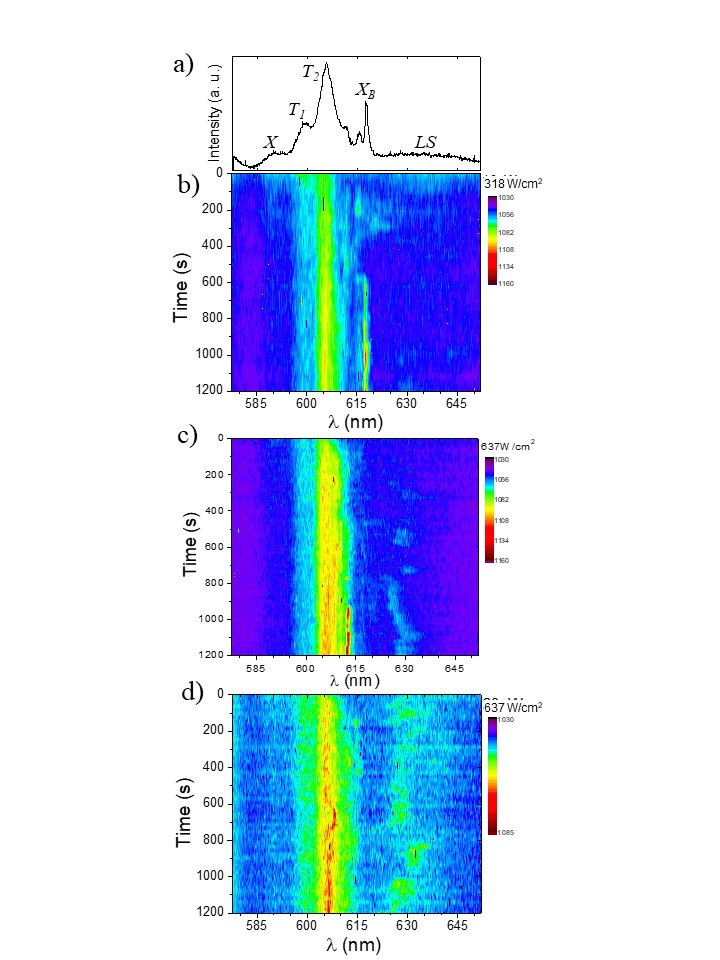
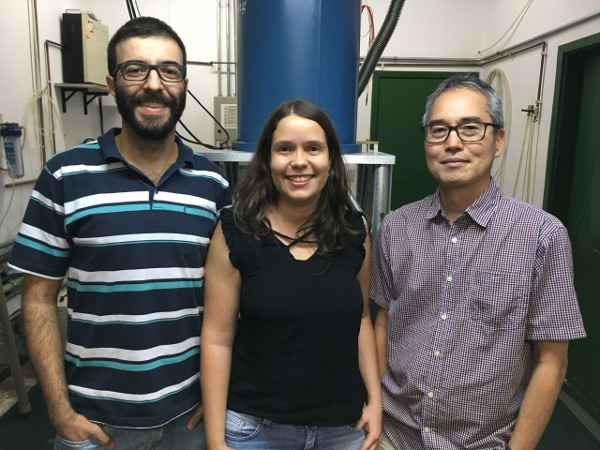



Comentários